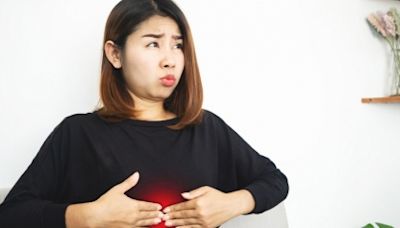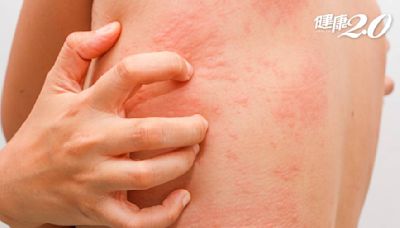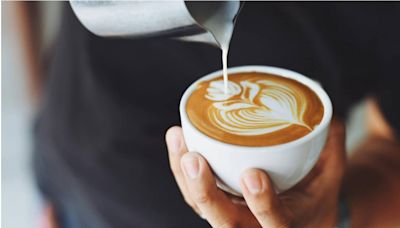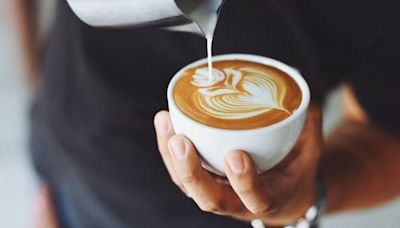搜尋結果
Caffeine is a central nervous system (CNS) stimulant of the methylxanthine class. [9] It is mainly used as a eugeroic ( wakefulness promoter) or as a mild cognitive enhancer to increase alertness and attentional performance. [10] [11] Caffeine acts by blocking binding of adenosine to the adenosine A 1 receptor, which enhances release of the ...
- C₈H₁₀N₄O₂
- 45 minutes–1 hour
Coffee is a beverage brewed from roasted coffee beans.Darkly colored, bitter, and slightly acidic, coffee has a stimulating effect on humans, primarily due to its caffeine content. It has the highest sales in the world market for hot drinks. The seeds of the Coffea plant's fruits are separated to produce unroasted green coffee beans. . The beans are roasted and then ground into fine particles ...
- 15th century
- Yemen
- Usually hot, can be ice-cold
- Roasted coffee beans
- Characteristics
- Research
- Stimulant Nap
- Nap Rooms and Tech Aided Naps
- Further Reading
- External Links
A power nap, also known as a Stage 2 nap, is a short slumber of 20 minutes or less which terminates before the occurrence of deep slow-wave sleep, intended to quickly revitalize the napper. The expression "power nap" was coined by Cornell University social psychologist James Maas. The 20-minute nap increases alertness and motor skills. Various dura...
Potential benefits
Power naps intend to restore alertness, performance, and learning ability. A nap may also reverse the hormonal impact of a night of poor sleep or reverse the damage of sleep deprivation. A University of Düsseldorfstudy found superior memory recall once a person had reached 6 minutes of sleep, suggesting that the onset of sleep may initiate active memory processes of consolidation which—once triggered—remains effective even if sleep is terminated. According to clinical studies among men and wo...
Potential risks and detriments
Longer and more frequent daytime naps appeared to be associated with a higher risk of Alzheimer's dementia in a study that tracked 1401 older people over 14 years. Links have also been proposed between these types of naps and cardiovascular disease, though the evidence is largely inconclusive. A series of studies by the medical journal Sleepdemonstrated that people who nap for an hour or more a day had 1.82 times the rate of cardiovascular disease than people who didn't nap.
A stimulant nap is a brief period of sleep of around 15 minutes, preceded by consuming a caffeinateddrink or another stimulant. It may combat daytime drowsiness more effectively than napping or drinking coffee alone. A stimulant nap is more effective than regular naps in improving post-nap alertness and cognitive functioning. In a driving simulator...
Some companies have nap rooms to allow employees to take power naps. This may be in a form of a nap room with a recliner, or chairs specially designed for power napping installed in a designated area. Companies with nap rooms say that employees are happier and become more productive at work. Similar nap rooms and stations also exist in higher educa...
Maas, James. Power Sleep : The Revolutionary Program That Prepares Your Mind for Peak Performance; William Morrow Paperbacks; 1st edition, 19 December 1998; ISBN 978-0060977603.
Caffeinated drink. A caffeinated drink, or caffeinated beverage, is a drink that contains caffeine, a stimulant that is legal practically all over the world. Some are naturally caffeinated while others have caffeine added as an ingredient. The most common naturally caffeinated beverages are coffee and tea, which in one form or another (usually ...
Caffeine-induced anxiety disorder. Caffeine-induced anxiety disorder is a subclass of the DSM-5 diagnosis of substance/medication-induced anxiety disorder. [1] Consumption of caffeine has long been linked to anxiety. [2] The effects of caffeine and the symptoms of anxiety both increase activity within the sympathetic nervous system.
Decaffeination. Decaffeination is the removal ("de-") of caffeine from coffee beans, cocoa, tea leaves, and other caffeine-containing materials. Decaffeinated products are commonly termed by the abbreviation decaf. Decaffeinated drinks contain typically 1–2% of the original caffeine content, but sometimes as much as 20%. [1]
Caffeine citrate, sold under the brand name Cafcit among others, is a medication used to treat a lack of breathing in premature babies.[5] Specifically it is given to babies who are born at less than 35 weeks or weigh less than 2 kilograms (4.4 lb) once other causes are ruled out.[6] It is given by mouth or slow injection into a vein.[5] Side ...





